Suncare Sundays: Tanning Beds are Not Safer Than the Sun
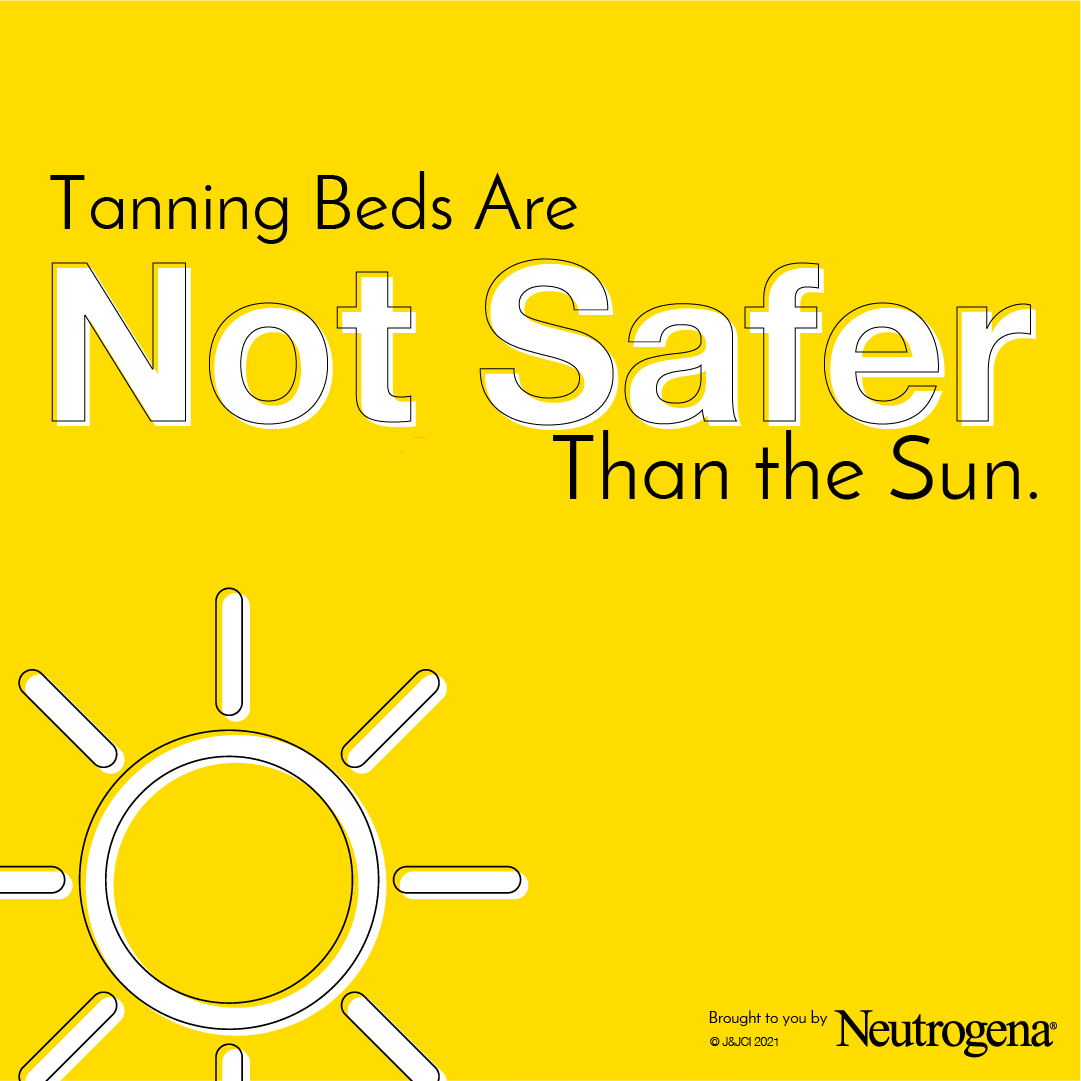 Tanning beds are NOT safer than the sun.1
More than 419,000 cases of skin cancer in the U.S. each year are linked to indoor tanning.2
Melanoma is the second most common cancer in females age 15-29.3
Tanning = DNA injury to your skin4
Skin exposed to UV radiation increases production of melanin to protect the skin from further damage. The increased melanin causing the tan color change is a si …
Tanning beds are NOT safer than the sun.1
More than 419,000 cases of skin cancer in the U.S. each year are linked to indoor tanning.2
Melanoma is the second most common cancer in females age 15-29.3
Tanning = DNA injury to your skin4
Skin exposed to UV radiation increases production of melanin to protect the skin from further damage. The increased melanin causing the tan color change is a si …
 Tanning beds are NOT safer than the sun.1
More than 419,000 cases of skin cancer in the U.S. each year are linked to indoor tanning.2
Melanoma is the second most common cancer in females age 15-29.3
Tanning = DNA injury to your skin4
Skin exposed to UV radiation increases production of melanin to protect the skin from further damage. The increased melanin causing the tan color change is a si …
Tanning beds are NOT safer than the sun.1
More than 419,000 cases of skin cancer in the U.S. each year are linked to indoor tanning.2
Melanoma is the second most common cancer in females age 15-29.3
Tanning = DNA injury to your skin4
Skin exposed to UV radiation increases production of melanin to protect the skin from further damage. The increased melanin causing the tan color change is a si … Continue reading "Suncare Sundays: Tanning Beds are Not Safer Than the Sun"


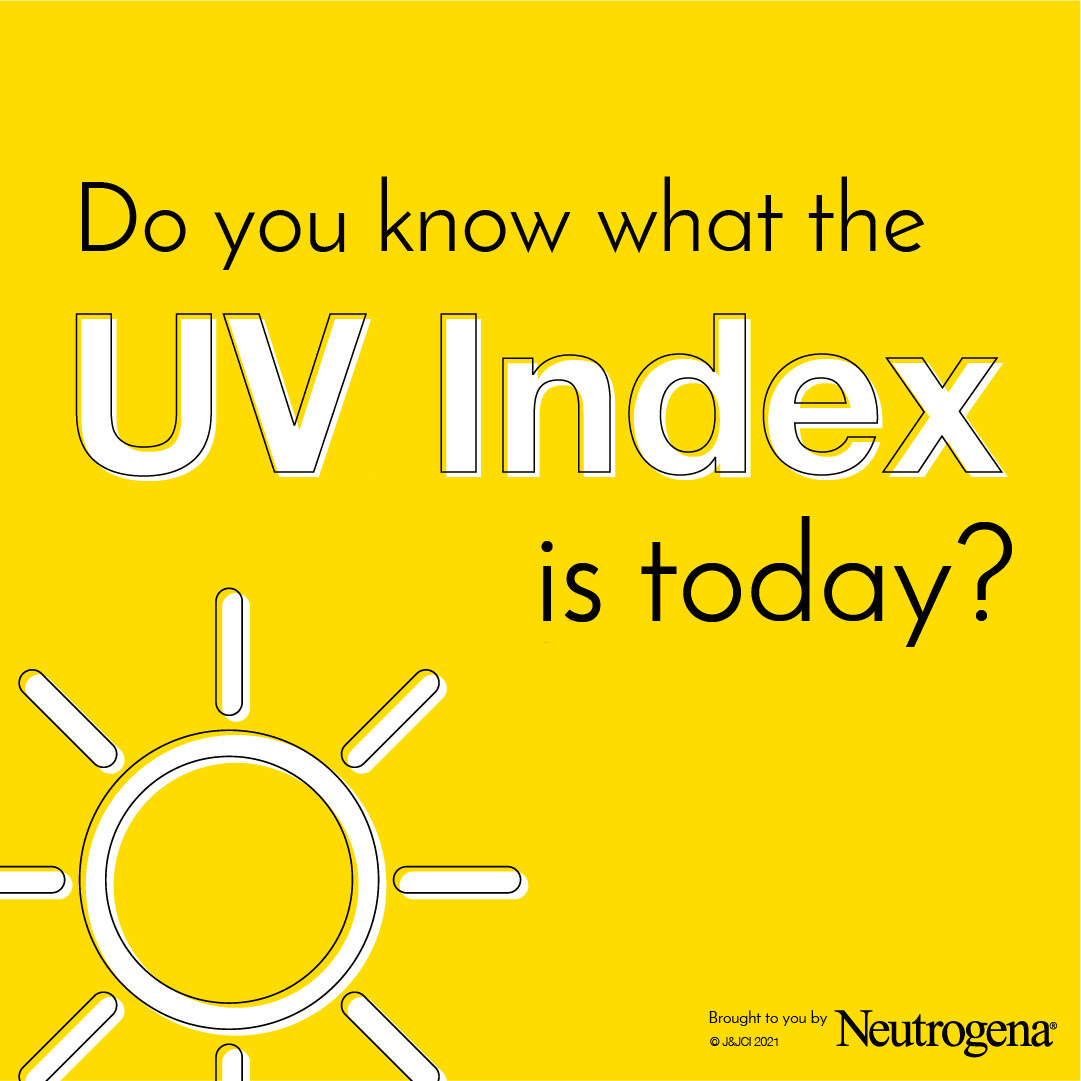 Do you know what your Ultraviolet Index is today?
Ultraviolet index (UV index) is a measure of the strength of the sun’s harmful rays at a particular place and time. The higher the number, the greater the chance of sun damage.1
UV Index was developed by Canadian scientists in 1992 and standardized by the UN’s World Health Organization and World Meteorological Organization in 1994. U …
Do you know what your Ultraviolet Index is today?
Ultraviolet index (UV index) is a measure of the strength of the sun’s harmful rays at a particular place and time. The higher the number, the greater the chance of sun damage.1
UV Index was developed by Canadian scientists in 1992 and standardized by the UN’s World Health Organization and World Meteorological Organization in 1994. U … 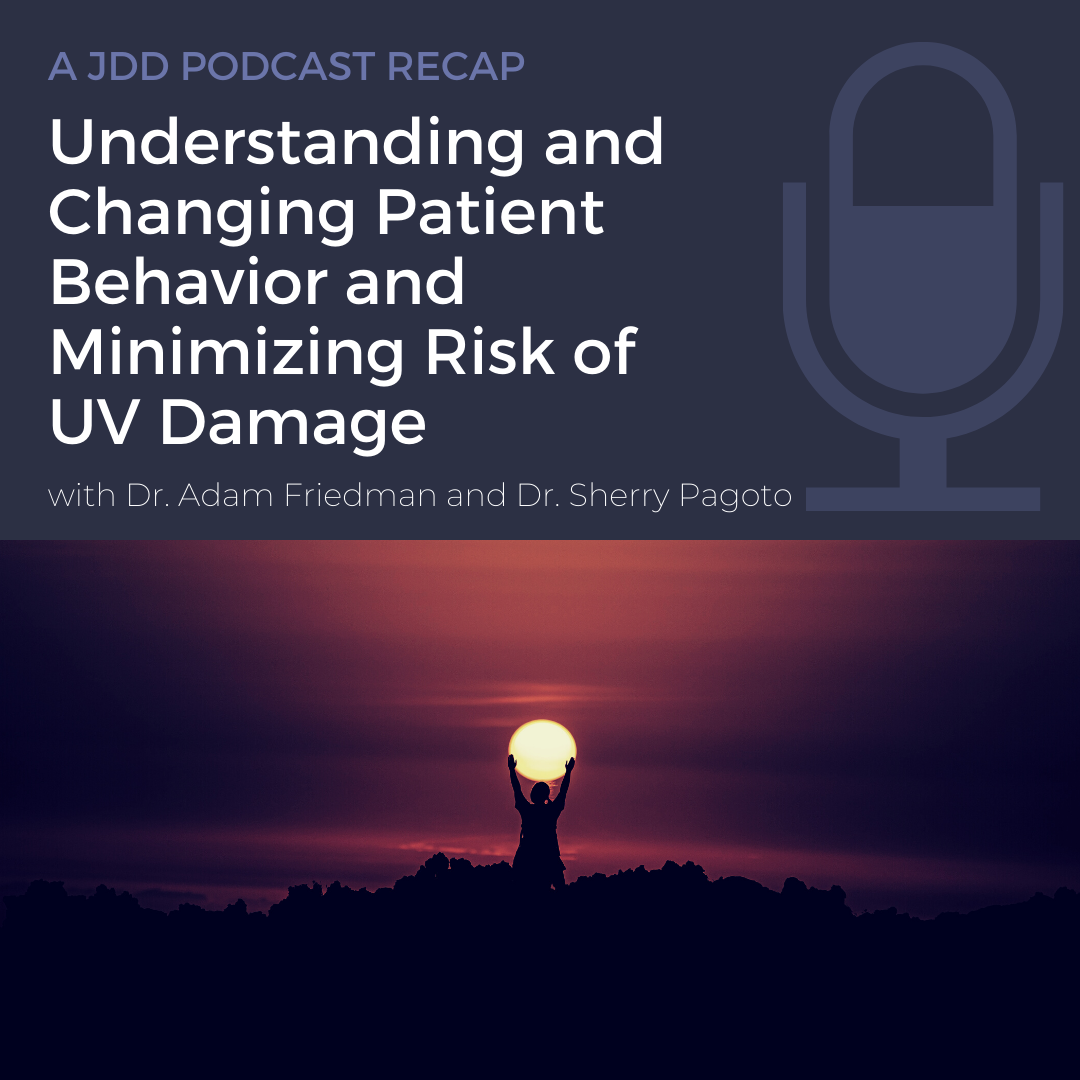 We all discuss sun protection with our patients. At this point, our recommendations are predictable – “avoidance, protective clothing, SPF 30+, broad-spectrum, water-resistant, and reapplication.” But how can we effectively change patient behavior?
Important note – this discussion has wide arching correlations to all areas of human behavior, medicine, and dermatology that spans more th …
We all discuss sun protection with our patients. At this point, our recommendations are predictable – “avoidance, protective clothing, SPF 30+, broad-spectrum, water-resistant, and reapplication.” But how can we effectively change patient behavior?
Important note – this discussion has wide arching correlations to all areas of human behavior, medicine, and dermatology that spans more th … 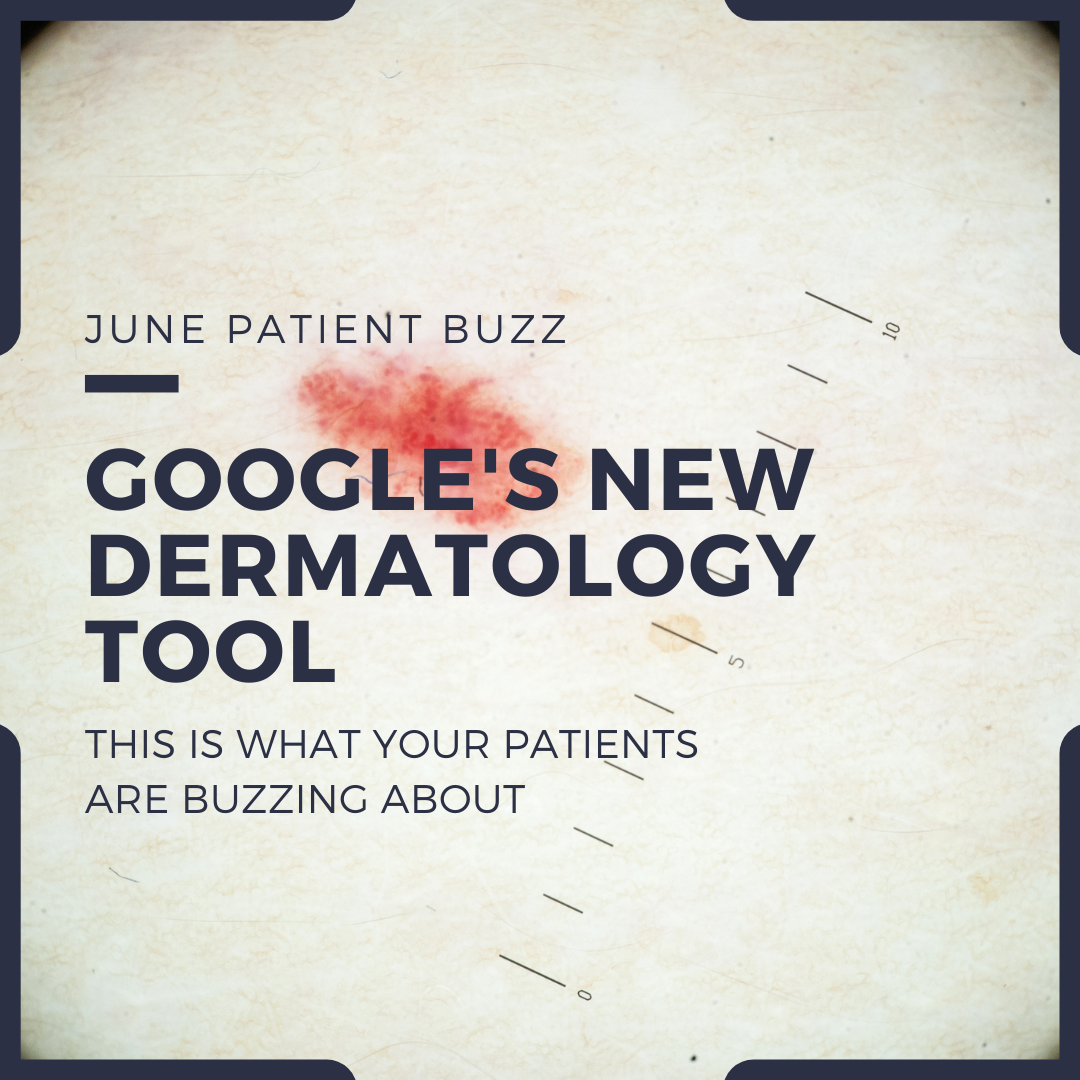 This month’s Patient Buzz includes several articles about Google’s new AI dermatology tool that, once launched, will help users identify skin, hair and nail conditions. Articles this month also addressed TikTok trends that make dermatologists cringe, ‘Zoom face’ and the impact of pandemic stress on the skin, and lip flips for fuller lips.
Be prepared for your patients’ questions about …
This month’s Patient Buzz includes several articles about Google’s new AI dermatology tool that, once launched, will help users identify skin, hair and nail conditions. Articles this month also addressed TikTok trends that make dermatologists cringe, ‘Zoom face’ and the impact of pandemic stress on the skin, and lip flips for fuller lips.
Be prepared for your patients’ questions about … 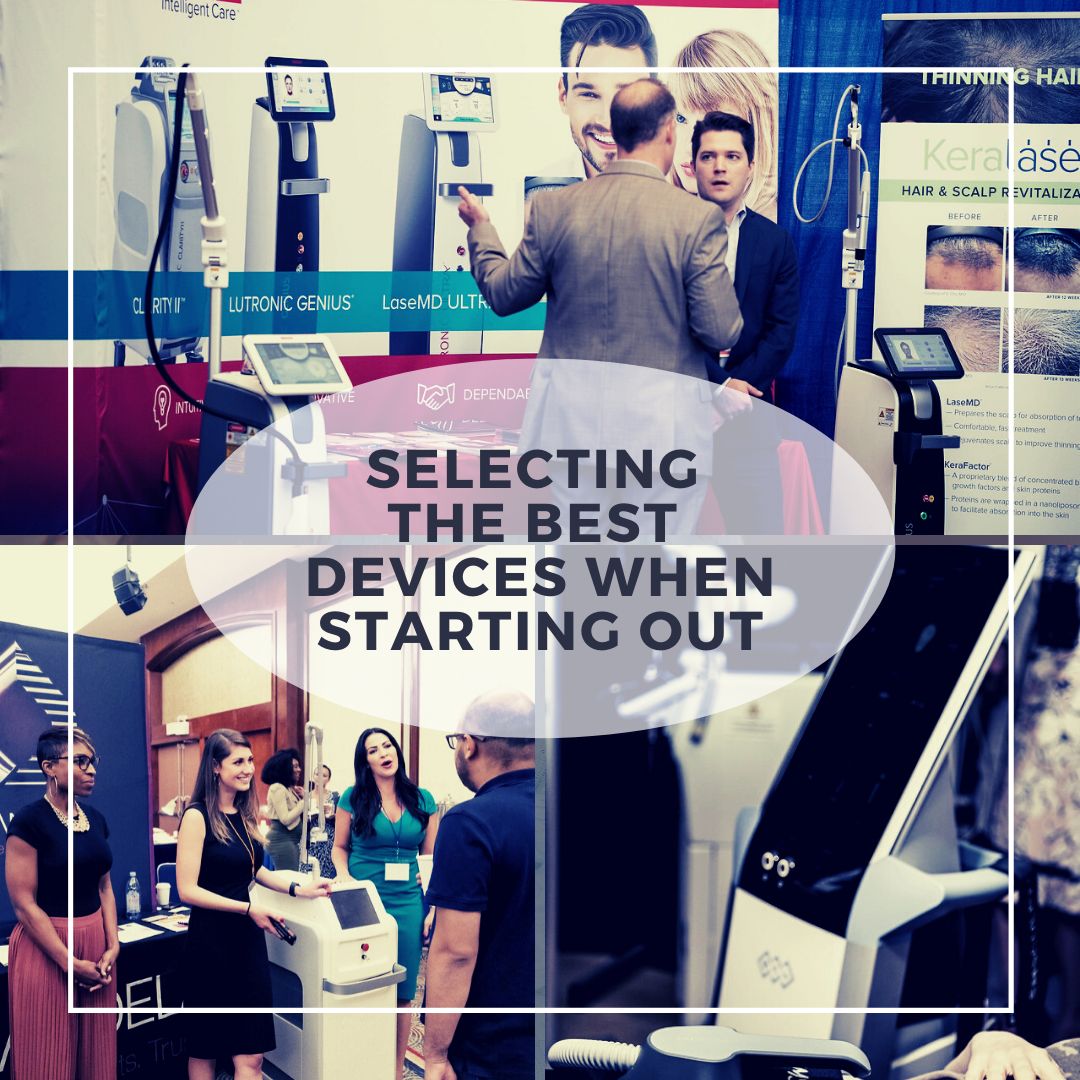 I believe one of the most valuable aspects of attending conferences such as ODAC is to “fill in the gaps” in important topics that are often missing in our regular dermatology training. While US dermatology residency programs provide the foundation for providing the highest level of dermatologic care to our patients, they are often lacking in teaching the business side of medicine and practica …
I believe one of the most valuable aspects of attending conferences such as ODAC is to “fill in the gaps” in important topics that are often missing in our regular dermatology training. While US dermatology residency programs provide the foundation for providing the highest level of dermatologic care to our patients, they are often lacking in teaching the business side of medicine and practica …